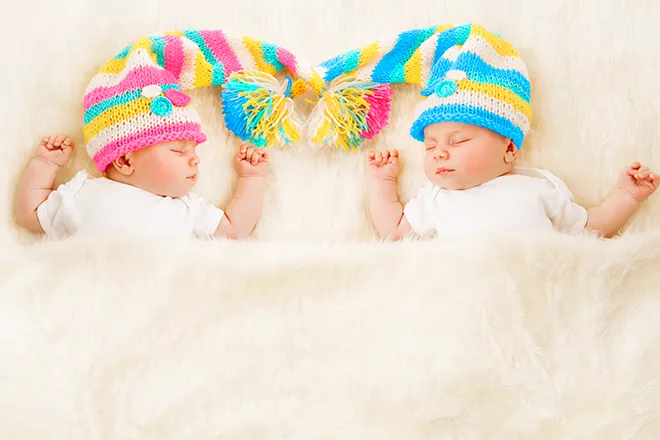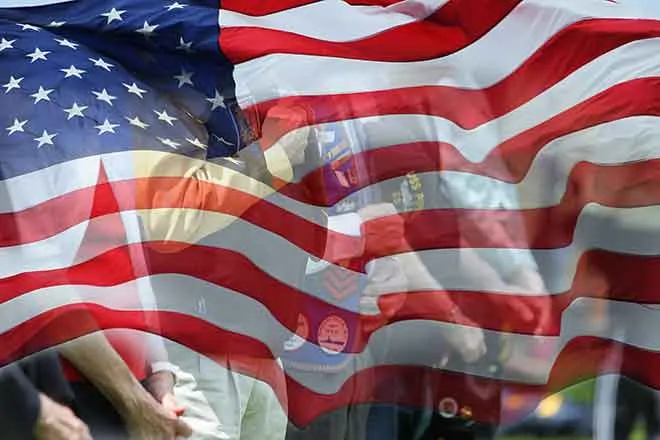
Skin Cancer Awareness Month: Many in Nebraska at risk for melanoma, other types
Click play to listen to this article.
(Nebraska News Connection) As outdoor activities ramp up, May is a good time to think about observing good skin-care practices.
More skin cancers are diagnosed than all other cancers combined and one in five Americans will have some type of skin cancer by age 70.

Nebraska is among the states with the second-highest melanoma diagnoses per 100,000 residents, according to the Centers for Disease Control and Prevention. And Dr. Adam Sutton, director of Moh's and Dermatologic Surgery at the University of Nebraska Medical Center, says many Nebraskans have at least one of the risk factors for skin cancer.
"We've got a number of people who are fair skinned, who are Caucasian, who spend a significant amount of time outside, have a history of sunburns and/or work outside," Sutton outlined. "Which are all significant risk factors for melanoma."
He pointed out that melanomas, like all skin cancers, are highly curable when caught early. So, it is important to be checked -- ideally by a board-certified dermatologist -- if you have anything "new, changing or growing" on your skin.
The more common types of skin cancer, basal cell and squamous cell, tend to grow on sun-exposed parts of the body, but melanomas can develop anywhere. Sutton noted they make up only about 1 percent of all skin cancers but account for the most skin-cancer deaths, about 10,000 per year. Although melanomas can develop independently of moles, Sutton emphasized having a large number of moles is also an indication of increased risk.
"An individual that has 50 or more moles on their body has about a fourfold increased risk for the development of melanoma," Sutton explained. "That's pretty significant. Even if we have really normal-looking moles, if we have a lot of them, we're at greater risk for the development of melanoma."
Although white Americans are much more likely to be diagnosed with melanoma, non-Hispanic Black Americans have a higher incidence of later-stage diagnoses. Overall, melanoma diagnoses are expected to grow by 50 percent by 2040.
As far as prevention, Sutton stressed there is no such thing as a "safe tan." He recommended using broad-spectrum sunblock with a sun protection factor, or SPF, of 30 or higher for all outdoor activities, rain or shine. He added tanning beds have been "definitively determined to be carcinogenic."
"We still see a number of young people who are actively using tanning beds or have used tanning beds," Sutton observed. "That risk for the development of skin cancer really comes after the use of tanning beds one time."
Although skin cancer risk increases with age, Sutton acknowledged every week he treats patients who are in their 20s.
















